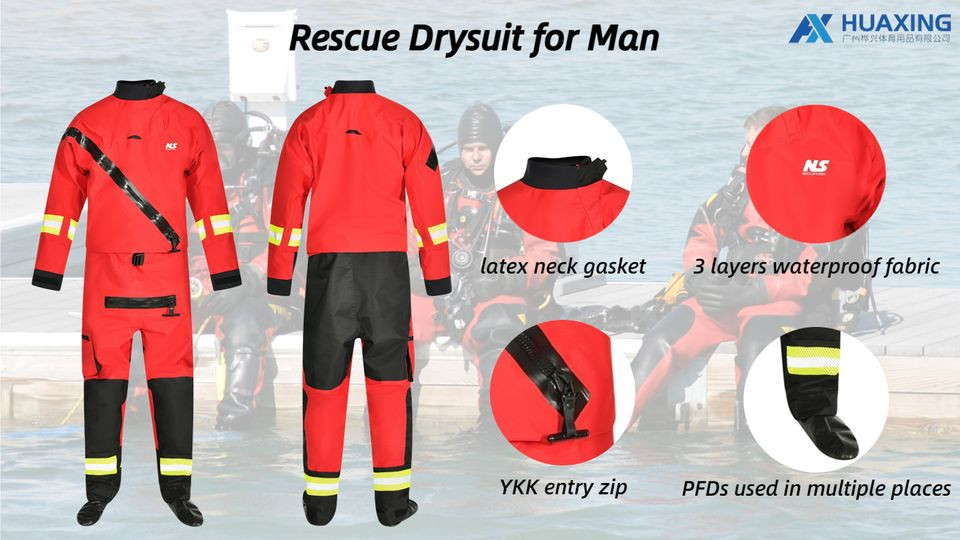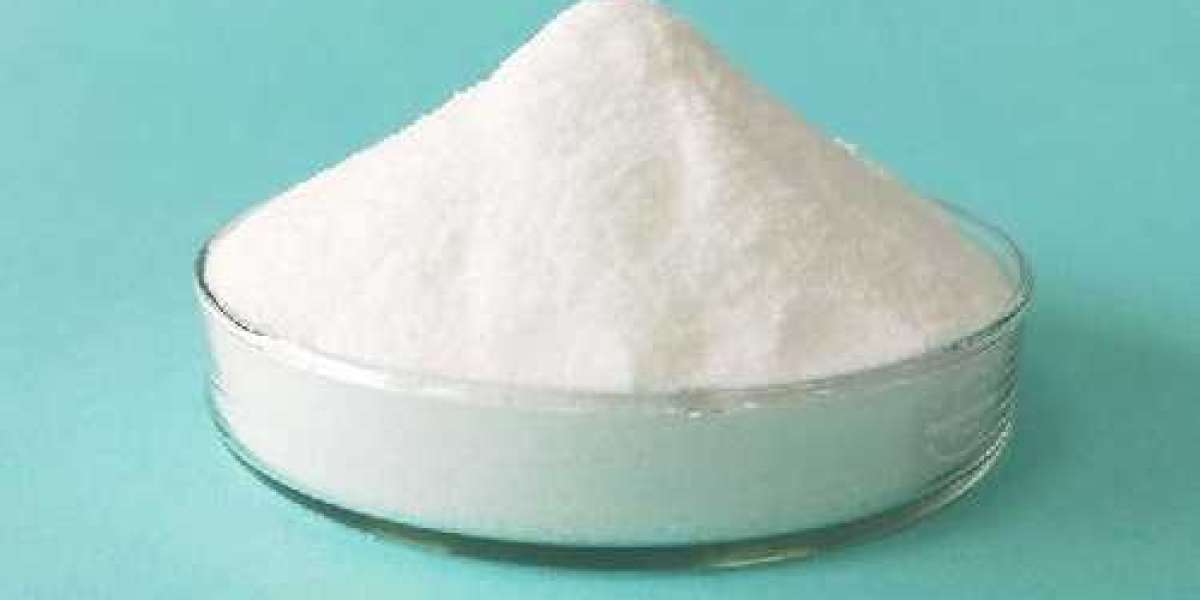Taking proper care of your drysuit is essential to ensure its longevity and functionality. A drysuit is a valuable investment, and with regular maintenance, you can extend its lifespan and enjoy its benefits for years to come. In this guide, we will discuss important care and maintenance practices for your drysuit.
Rinse after Every Dive
After each dive, rinse your drysuit thoroughly with freshwater. This helps remove saltwater, sand, and other contaminants that can damage the suit over time. Pay particular attention to the zipper, valves, and seals while rinsing. If necessary, use a mild detergent or a special suit cleaner as directed.
Proper Drying
Hang your drysuit in a cool, well-ventilated area to dry completely before storing it. Avoid direct sunlight or heat sources, as they can deteriorate the suit's materials. Ensure that the suit is fully dry, both inside and out, including the seals and zippers. Turn the suit inside out to allow the interior to dry thoroughly. Use a fan or dehumidifier to expedite the drying process, if needed.

Zipper Care
The zipper is a critical component of your drysuit, and proper care is crucial. Before and after each dive, lubricate the zipper with a suitable zipper lubricant or wax. This helps maintain smooth operation and prevents corrosion. Check the zipper regularly for any signs of damage, such as fraying or corrosion, and address them promptly. If you notice any sticking or difficulty in zipping up the suit, avoid forcing it and seek professional assistance.
Seals and Gaskets
The seals and gaskets on your drysuit require special care to maintain their integrity and effectiveness. After rinsing, inspect the seals for any signs of damage, such as tears, cracks, or excessive wear. Replace damaged or worn-out seals promptly to ensure a watertight seal. Use a silicone-based seal conditioner or lubricant to keep the seals supple and prevent drying or cracking. Avoid exposing the seals to direct sunlight or harsh chemicals that can deteriorate the rubber.
Storage
Proper storage is important to protect your drysuit during periods of non-use. Store the drysuit in a cool, dry place away from direct sunlight and extreme temperatures. Avoid folding the suit excessively, as it can lead to creasing or damage to the materials. Use a padded hanger or suit-specific storage system to maintain the suit's shape. Ensure that the suit is completely dry before storing it to prevent the growth of mold or mildew.
Repairs and Maintenance
Address any minor repairs or issues promptly to prevent them from escalating into more significant problems. Regularly inspect the seams, valves, and other components for signs of wear or damage. Patch small holes or tears using a suitable repair kit or adhesive recommended by the manufacturer.
Avoiding Chemicals and Solvents
Avoid exposing your drysuit to harsh chemicals, solvents, or petroleum-based products, as they can damage the materials and seals. This includes gasoline, oils, detergents, and insect repellents. Use only recommended cleaning and maintenance products specifically designed for drysuits.



